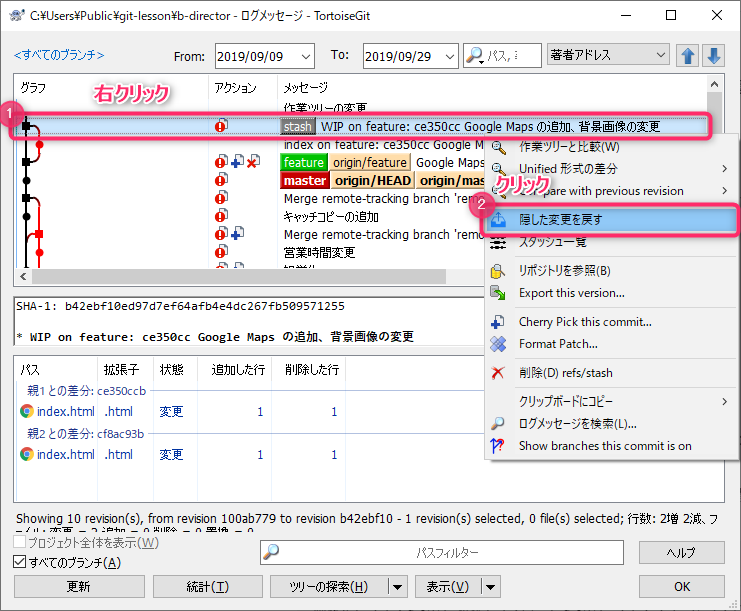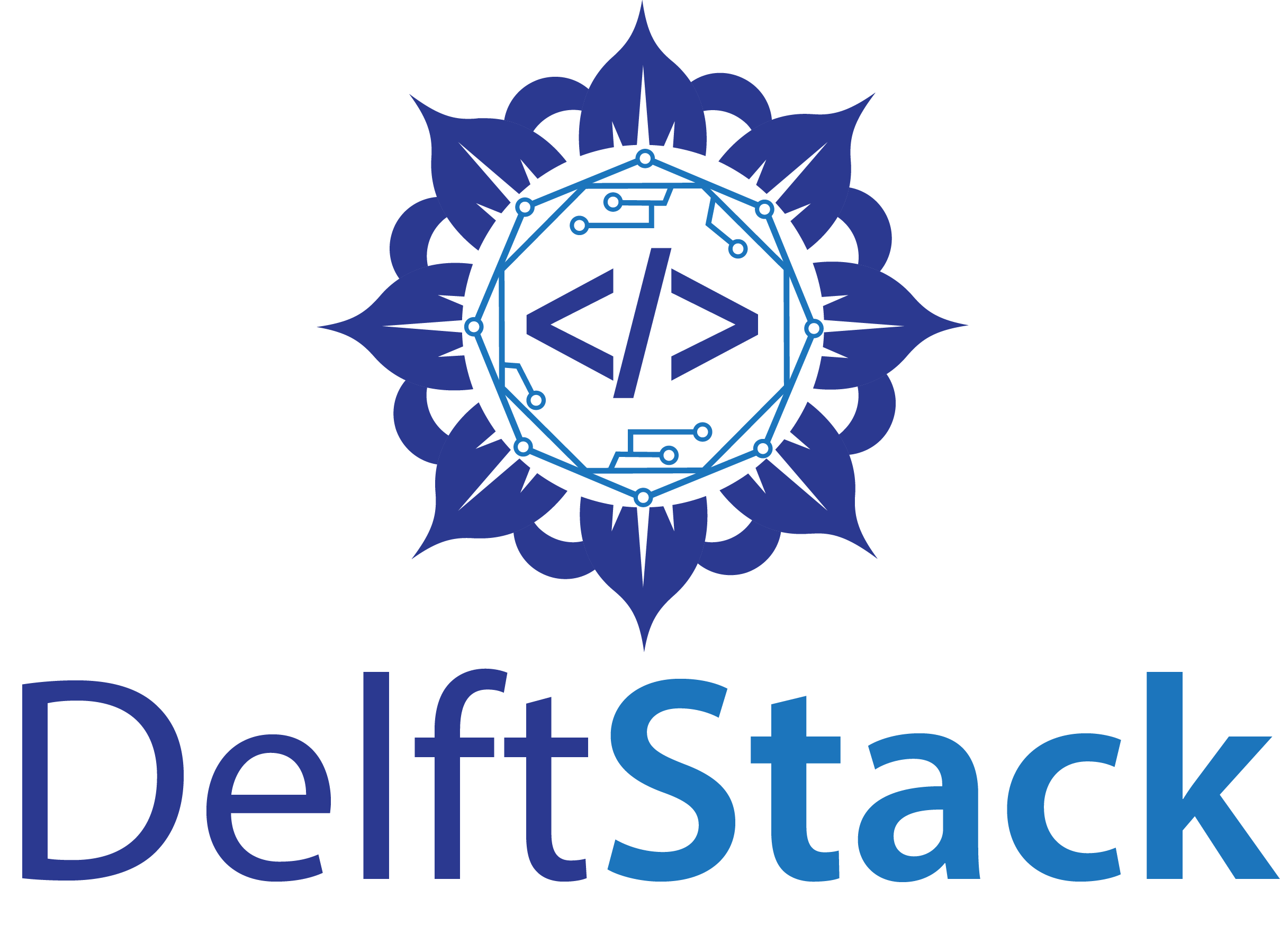
* These commands are used for Helix Core distributed versioning. NOTE: p4 shelve stores modified files on the server. Temporarily store modified files locally. Get a list of all branches, create new local branches, and delete feature branches. View all files that need to be committed. Reset your working directory to your last commit. Get files/changes from a remote server onto your workstation Setup and begin work on a project from a server on your workstation. Set a variety of parameters for the version control system from the client. We also have a Git cheat sheet to help you get started. Check out how they compare to Helix Core commands. Review the following Git commands most commonly used in any developers workflow. git stash saveĬompare Git Basic Commands vs. Tuck away files and work on them later with git stash. Using git rebase cleans up your commit to make all your changes a single commit. Get the most recent version of your repo using the git pull command. You can also use it to push all branches your remote repo: git push -all Use git push to submit changes and modified local files to a remote or local repository. Get a list of all branches in the repo: git branchĭelete feature branches: git branch- d After you create a feature branch and commit changes, you can delete your feature branch using the same command. Get started working with the git branch command. Switch faster using Perforce Streams > git branch All new commits are recorded on that branch. When you check out a branch, the files in your working directory are updating to match the main version. You can use this command to switch between branches. If you are connecting to a repo remotely, this command lists your connection to other repositories. git tag -a v1.1 -m ‘this is version 1.1’Ĭreate, view, and delete your connection to repositories. No changes added to commit (use “git add” and/or “git commit -a”) git tagįind commits easier by assigning a handle to a commit using the git tag command.

(use “git checkout - to discard changes in working directory.


Using the git config command allows you to set configuration values in the filesystem.
Git stash commands plus#
Here are some of the most useful Git commands, plus examples. It's similar to a shelveset in Team Foundation Version Control, except that it's stored locally in your Git repository and not synced up to the server.What are the most important Git commands? Find out in this blog. Continue working on interesting new feature.Switch back to the branch I started on.Switch to another branch to fix whatever it is.I use it when I'm working on a feature, but get interrupted.

What is a Stash?įor those unfamiliar with a stash in Git, it's a command to save (stash) your pending changes without committing them. Others are config changes I like to make to my environment. Some are commands I use, but not often enough to remember the syntax.
Git stash commands series#
This is the first, in what I expect to be a long running series of Git tips for both new and experienced Git users. Menu Git Tips #1 - Save a stash with a custom message 04 January 2016 on git, git-tips 0 Comments


 0 kommentar(er)
0 kommentar(er)
